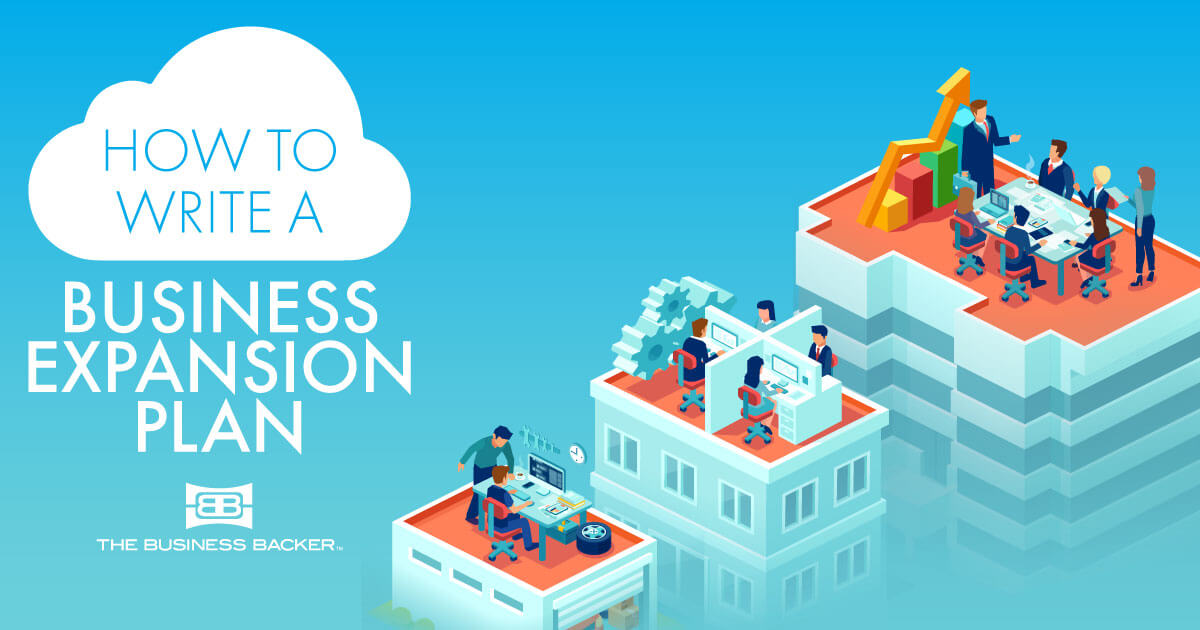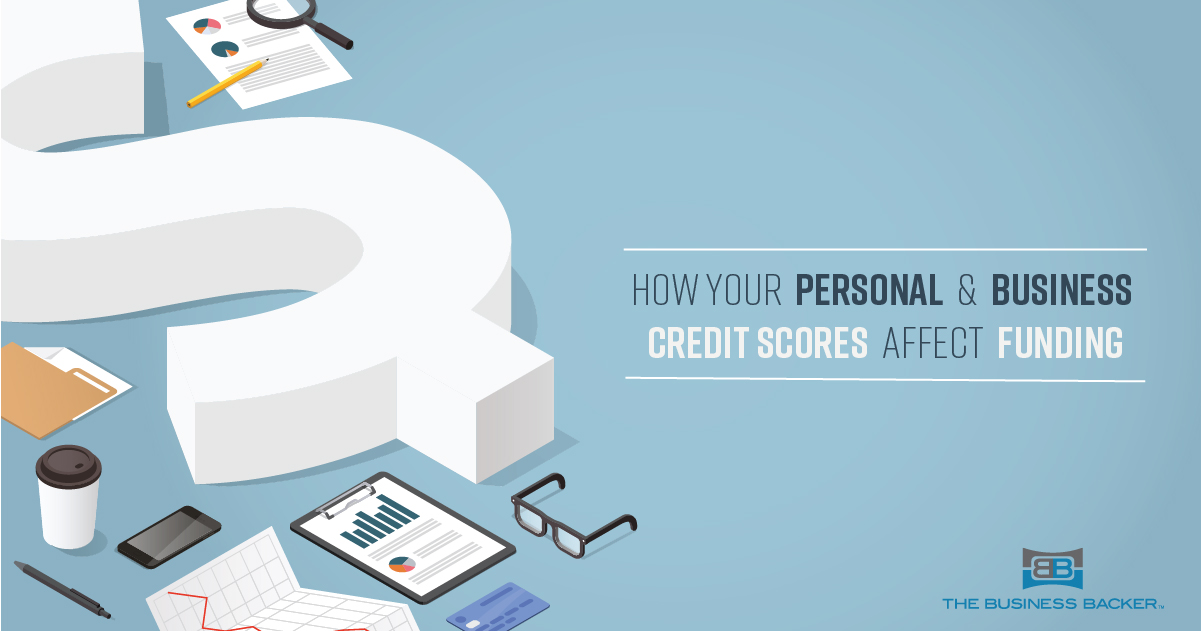6 Things You’re Doing that Drives Customers Away
As a small business owner, it’s one of your many responsibilities to obtain new customers on a consistent basis. It may be easy for you to attract new customers, but have you ever stopped to think about what to do once you’ve gotten them? Introducing your brand to customers is half the battle — the other half is keeping them.
There are strategies you may have implemented with the intention to drive more customer volume, only to find they’re pushing those potential customers away. Take a look at these common mistakes small business owners make to ensure you’re not only attracting customers, but also keeping them once you peak their interest.
Don’t Confuse Speed With Great Service
Unless you specialize in 15-minute oil changes, chances are that your customer doesn’t like to be coaxed out the door. Efficiency is a big part of the customer experience, but it has to work hand-in-hand with quality and genuineness. In a recent study, customers who gave high ratings on attributes like sincerity, willingness to help and product knowledge were nine times more likely to be fully emotionally engaged with a brand or service.1 Think of your business like your home and your customers like a visiting guest — hospitality can go a long way.
Don’t Ignore the Power of Body Language
Nonverbal communication can say just as much, if not more, than the words you speak. Body language accounts for 55% of what you say, where the meaning of the words only accounts for 7% of the message — tone of voice makes up the other 38%.2 Avoid closed off stances like keeping your back to the door or crossing your arms. It sends the signal that customers are not welcome or you are not willing to assist them.
Use eye contact when speaking with a customer and actively listen — it shows in your body when you do. Follow up with further questions if you need to clarify, and use the opportunity to guide them through the store. All of these gestures suggest a commitment to helping them find what they came for.
Don’t Improvise Your Customer Service Policy
At some point, a customer will find your product or service dissatisfying. These blunders not only put you at risk of losing that customer, but also of losing other potential customers that might hear or read about that negative experience on an online review site. The most important thing is to not take the matter too personally and let the negative feedback get the best of you. As a small business owner, you are naturally inclined to protect something that you built and hold dear, but customer service is a two-way street. It’s important that you have a recovery plan in place to ensure that both you and the customer get a fair outcome. Spend some time to write out documents like your return policy. Work with your employees so they know how to handle a variety of situations that apply to your business.
Don’t Neglect Your Employees
Your staff makes up the front lines of your business. While you’re in the back crunching numbers and organizing schedules, your employees greet your customers, suggest the best product for their needs and check them out. That’s a lot of different touch points where your employee could make a positive impression on the customer. If your employee is happy, it will show through their work ethic and efficiency when helping the customer. On the other hand, if your employees don’t get the recognition they deserve and are frustrated by their job, they can just as easily take it out on a customer, leaving the customer with a negative impression of your customer service.
An employee working in a positive environment has a trickle down effect with customers, and it will radiate with them as well. Take the time to get feedback from your team and use it to improve the work environment. Here are a few questions to get you started:
- What do they like about working at your small business?
- What don’t they like?
- What do they value most about their job/benefits?
- What benefits are unimportant to them?
Don’t Complicate the Buying Experience
There are several tricks out there to upsell your customers, like how grocery stores put candy and small items near the checkout so you can grab them and buy without a lot of time to consider the purchase. You may use similar strategies to make additional sales, but there is a breaking point to every buying experience where the benefit of making more is not worth the risk of losing the customer.
The more steps it takes to complete a purchase, the more opportunity there is for the customer to overthink, reconsider or completely abandon their purchase. Make the buying process as simple as possible. The customer will reap the benefit of having the item they want in addition to an easy shopping experience, increasing the likelihood of returning.
Don’t Have an Overly Strong Marketing Presence
Brand awareness is one thing; oversaturation is another. You want to get the word out about your brand, but it’s possible to be too overbearing. Think of brands that you are sick of just because you always get served their pop-up ad or because you can’t seem to escape their commercial. You want people to be aware of your brand, not overwhelmed by it.
Call out great deals or exciting events on your social profiles, but limit it to once a day per account. People can always reach out to you if they want more information than what has been provided.
The customer experience varies from business to business, so tailor these tips to meet your needs. When in doubt, consider times that you’ve been driven away as a customer and think about what you can do to keep that from happening at your business.
References
1Gaydos, K. (October 3, 2016). 4 things you’re doing to scare customers away. Retrieved March 20, 2017, from http://blog.fivestars.com/4-things-youre-doing-to-scare-customers-away/
2Debenham, L. (July 15, 2016). Communication: What percentage is body language? Retrieved March 22, 2017, from http://www.bodylanguageexpert.co.uk/communication-what-percentage-body-language.html





